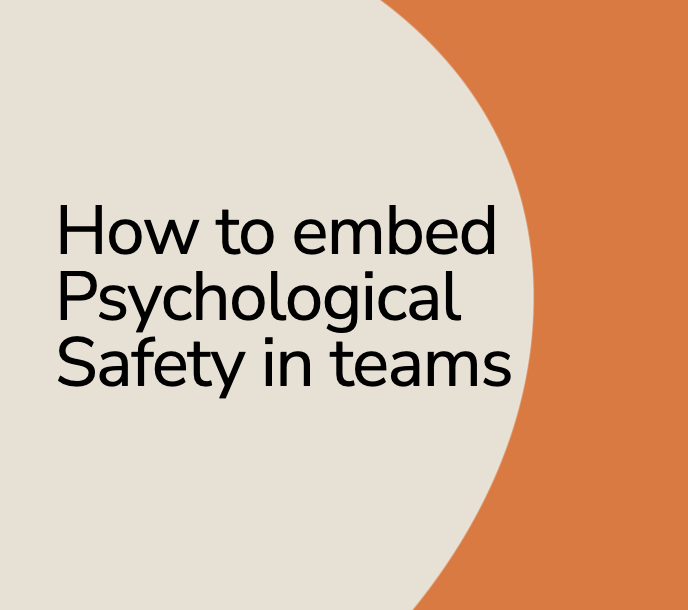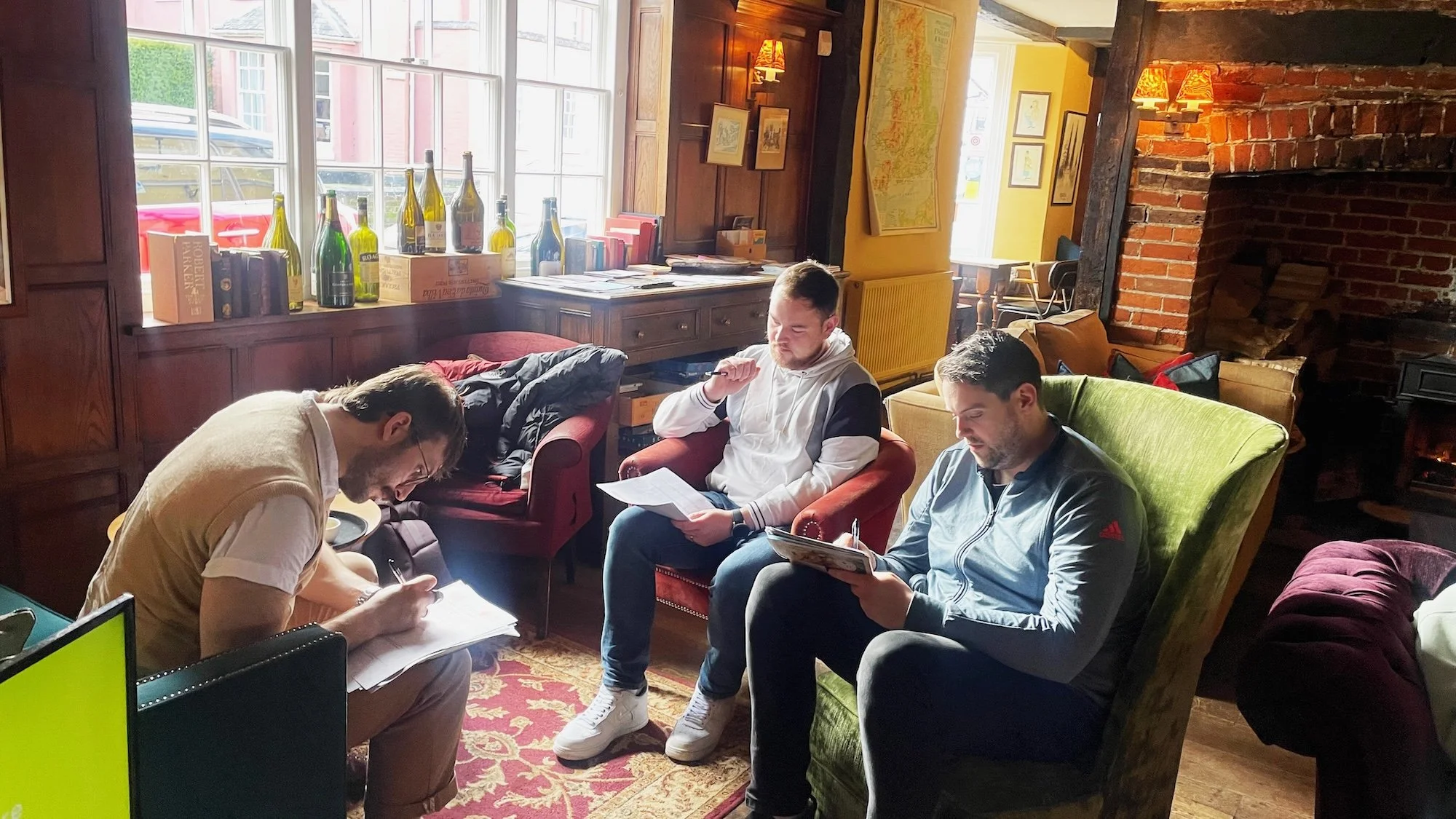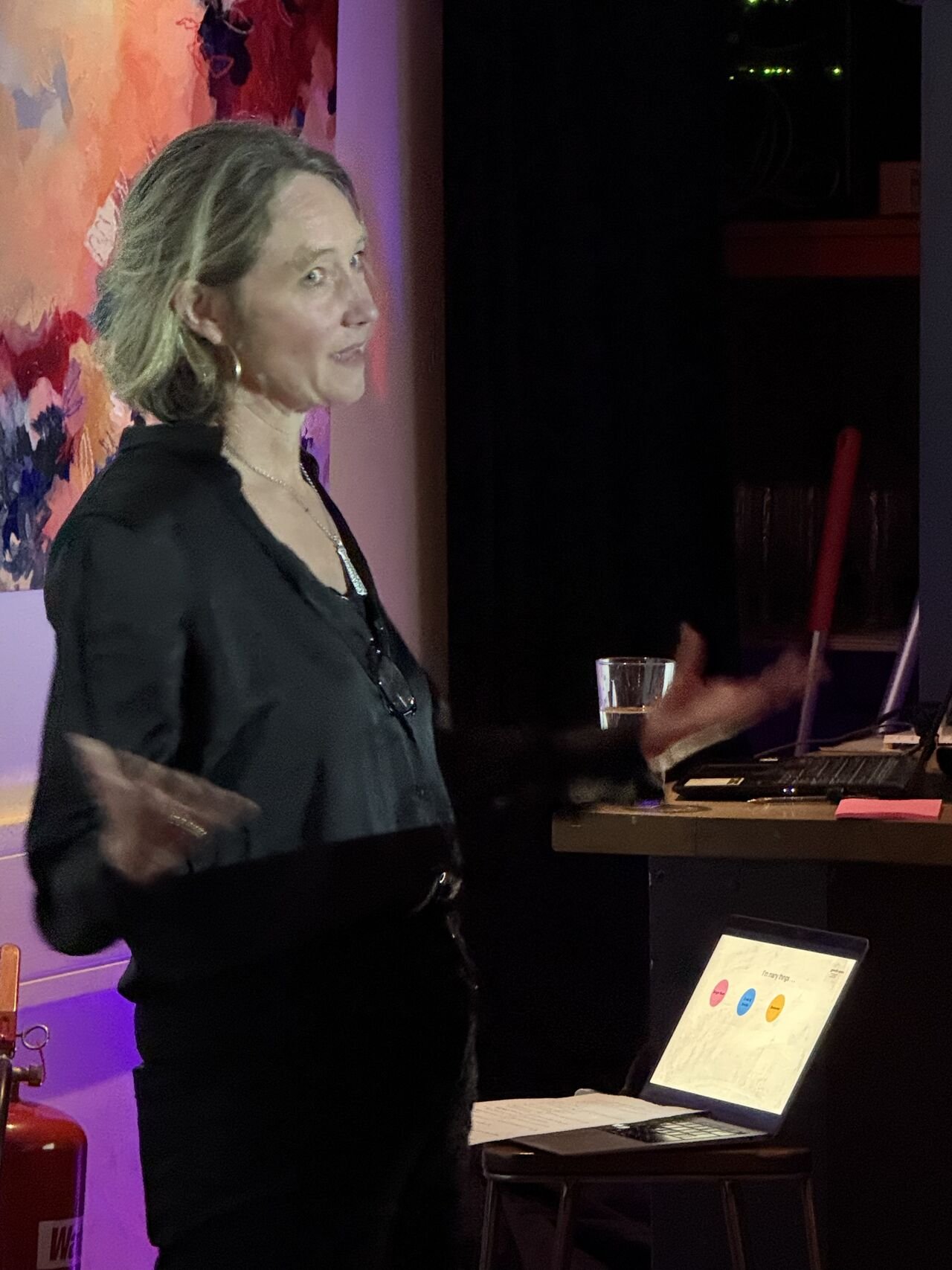How to embed Psychological Safety in teams
Practical tips to build psychological safety in hybrid, remote and in-person teams
In this series, we’ve been exploring Psychological Safety, the shared belief that people can speak up, ask questions and make mistakes without fear of blame or embarrassment.
In the first article, we looked at what Psychological Safety means and why it matters more than ever for modern, fast-moving teams. In the second, we explored how leaders create and role-model it: how a reaction, a question, or even a facial expression can encourage openness or shut it down.
This article explores practical tips to build and embed psychological safety in your workplace, whether you work together, hybrid, dispersed or remote.
How do you turn those good intentions into habits that last?
How do you build a team culture where learning, feedback and honesty are part of the rhythm — whether you’re sitting together in a meeting room or scattered across different time zones?
These real-life habits and behaviours are important because psychological safety isn’t about slogans on the wall or one-off workshops. It grows and lasts when it’s built into how you meet, reflect, plan and learn together, and when it becomes part of the way you work, not an extra thing on the list.
Why Psychological Safety is so important today
Psychological Safety Workshop
The world of work has changed faster than our habits have. Hybrid and remote teams have made flexibility normal, but they’ve also made inclusion harder.
Research by Amy Edmondson and Mark Mortensen (Harvard Business Review, 2021) found that in hybrid workplaces, psychological safety is harder to maintain because people’s personal circumstances, visibility, and comfort levels differ so widely. Some feel left out of informal conversations; others fear being judged for personal boundaries, caring responsibilities, or health choices.
The message from that research, and from the CIPD’s 2024 Trust and Psychological Safety review, is clear. It must be designed into how teams communicate, decide, and learn.:
Organisations that intentionally embed psychological safety outperform those that treat it as an occasional conversation.
How to embed it
A psychologically safe team doesn’t just talk about openness; it builds routines that make openness inevitable. Here are seven practical ways to do that.
1. Co-create a Team Charter (and keep it alive)
A team charter turns vague hopes into shared agreements: how we work, how we communicate, how we handle conflict, and what “respectful challenge” looks like. It’s not about rules — it’s about alignment. Done well, a charter gives people permission to name behaviours that help or hinder safety. Keep it alive by reviewing it every few months.
Teams that revisit their agreements regularly build safety faster than those that treat them as one-off workshops.
For more on team charters, see these articles: What is a team charter and why you need one and our pracitcal guide How to Create a Team Charter.
2. Make meetings inclusive by design
Meetings, especially when people are joining online, are fertile ground for unintentional exclusion. Without structure, in-person voices dominate and remote contributors fade. These micro-designs communicate fairness, one of the strongest drivers of trust identified in the CIPD review.
Appoint a facilitator separate from the chair to manage airtime.
Ask everyone to join on their own device, even if some are co-located.
Start meetings with a check-in to ask how people are and gauge the temperature in the room.
Give people time to reflect on a question and write down their idea before anyone speaks. This reduces groupthink and gives the thinkers and quieter voices in the room the space they need.
Use round-robins or digital whiteboards so each person contributes once before anyone speaks twice.
Track who speaks and who doesn’t; invite missing perspectives explicitly.
Record key points in shared docs, not side conversations.
3. Make reflection part of the rhythm
The most effective teams don’t just do the work - they pause to talk about how the work is going. These pauses don’t have to be long or formal. They just need to be regular and real. Five minutes at the end of a meeting to ask, “What worked well today? What should we do differently next time?” can transform how people think and feel.
Reflection creates breathing space and a chance to name tensions before they harden, and celebrate progress before it’s forgotten. It reminds people that learning is part of the job, not something that happens later when things calm down. The most psychologically safe teams resist the urge to fix or blame straight away. They pause, get curious, and ask.
Pre, Mid and Post-Action Reviews
A 60-second check-in team meetings: “What is one thing I’ve learned since we last met…”
Don’t wait for a post-mortem. Before a key meeting or sprint, run a short pre-flection: “What might get in our way? What will help? What do stakeholders expect?” These tiny reviews normalise learning, not bla
A mid-action review halfway through a project: “What’s helping? What’s getting in our way?”
A short debrief after key moments: “What did we try, what did we learn, what will we change?”
When you finish a sprint, project or busy quarter, map the story together. Draw a line from then to now. Above the line, note high points; below, the challenges. Discuss patterns, then ask: “If we were doing this again, what would we keep, change or stop?”
This approach, drawn from systemic team-coaching practice, helps teams see growth as a shared process rather than individual fault-finding. It also boosts memory and motivation by making progress visible.
4. Use Three-Horizon Thinking
Strategic conversations often get stuck in today’s constraints. To keep psychological safety alive during change, teams need a shared picture of the future. Working “future-back” encourages curiosity, not defensiveness — a mindset that protects safety even when Try the Three-Horizon lens:
Horizon 3 – Future: What long-term shifts are coming? What do we want to be known for?
H1 – Today: What’s working? What’s not?
H2 – Bridge: What experiments can we run now to move towards that future?
5. Link safety and accountability
Psychological safety isn’t about lowering standards. It’s about creating the conditions where people can meet them. When people feel safe, they’re more likely to take ownership, raise risks early, and hold themselves and each other to account. But accountability without safety turns into fear. So be clear about what good looks like goals, outcomes (KPIs, OKRs), and responsibilities (RACI matrix) but balance it with compassion and curiosity. When mistakes happen, talk about impact, not intent. Ask:
Accountability works best when it feels shared: “we’re in this together”, not weaponised.
7. Normalise “learning from failure”
Every team stumbles and every human being makes mistakes. What matters is what happens next. When something goes wrong, people watch closely: How will this be handled? If the response is blame or silence, everyone learns to stay quiet. If the response is honesty, empathy, and action, people learn it’s safe to tell the truth.
Trust and safety deepen when leaders handle mistakes “honestly, with care and compassion.”Try replacing “failure” with “feedback.” When things don’t work, frame it as a learning review:
What did we try?
What did we learn?
What will we do differently next time?
Celebrate the courage it takes to raise an issue, not just the success of fixing it. The aim isn’t perfection, it’s progress. Use Edmondson’s concept of “intelligent failure” the kind that arises from thoughtful experimentation.
Psychological safety in hybrid and remote teams
Drawing on Edmondson and Mortensen’s framework, five practices help extend psychological safety beyond the office environment for hybrid, remote and dispersed teams:
Set the scene – Acknowledge the complexity of hybrid work and invite shared problem-solving.
Lead the way – Go first in being open about your own constraints or learning curves.
Take baby steps – Build trust gradually; early disclosures and empathy create momentum.
Share positive examples – Tell success stories of collaboration across locations.
Listen and observe – Notice and reframe comments or biases that exclude remote colleagues.
These steps require humility, patience and vigilance — but they make hybrid teams more cohesive, equitable, and ultimately higher-performing.
Measuring and sustaining psychological safety
You can’t improve what you don’t track. While psychological safety is mostly felt, not counted, it can still be measured — gently. Short pulse surveys or informal team check-ins give you an early sense of how people are experiencing trust, openness and collaboration.
For a more structured snapshot, you can use Amy Edmondson’s Psychological Safety Scale, a simple seven-question tool developed through her research at Harvard Business School. It asks people how strongly they agree with statements such as:
“If you make a mistake on this team, it is often held against you.”
“It is safe to take a risk on this team.”
“Members of this team can bring up problems and tough issues.”
Each statement is rated from strongly disagree to strongly agree, providing a picture of how safe people feel to speak up and learn together.
What matters isn’t the score but the conversation that follows. Discuss the patterns together: What stands out? What’s improving? What do we need to pay attention to? Used well, the scale creates awareness, shared language and commitment — not performance anxiety.
To wrap up
Psychological safety isn’t a workshop output - it’s a team operating system. When learning, reflection and fairness are built into the way you work, safety becomes self-sustaining. The most effective teams don’t avoid discomfort; they use it to grow.
For more on Psychological Safety, read our other articles:
Polly Robinson, Growth Space
Would you like to build and embed psychological safety in your workplace?
We help leaders, teams, and organisations strengthen psychological safety, collaboration and performance through facilitation, coaching and systemic team development. If you’d like to explore how to embed psychological safety in your team, get in touch >



